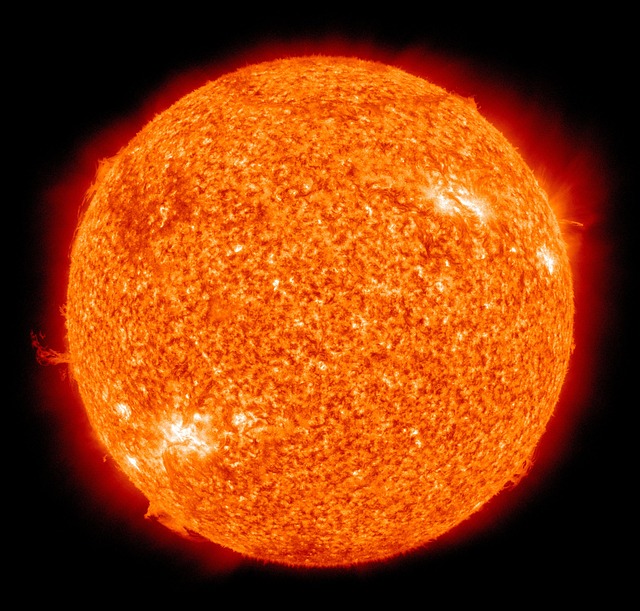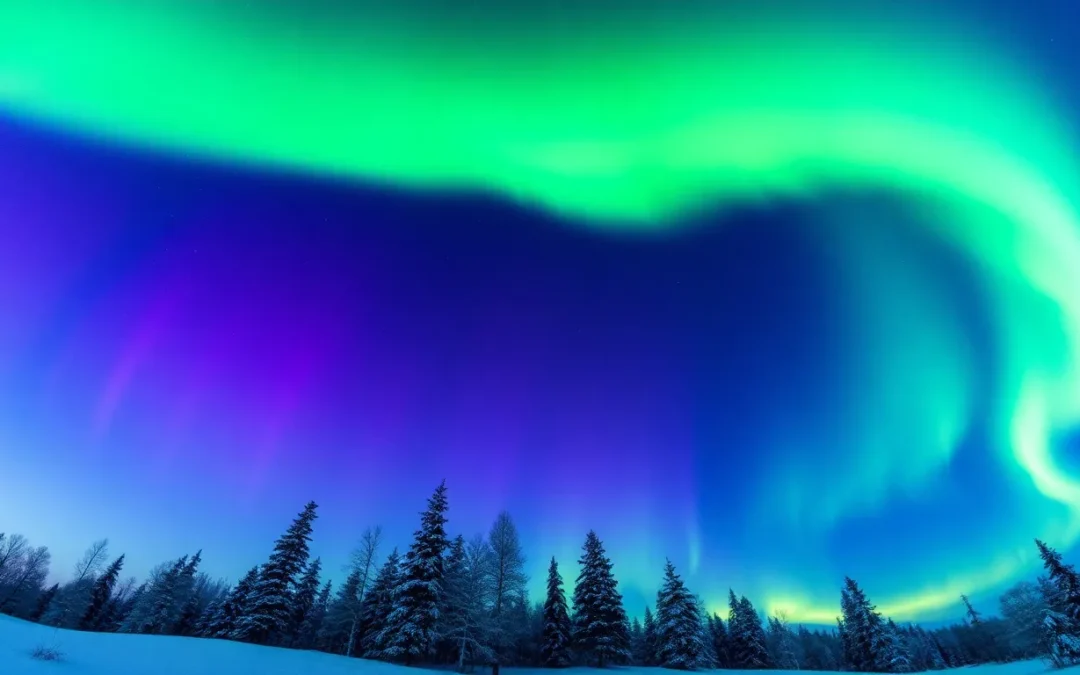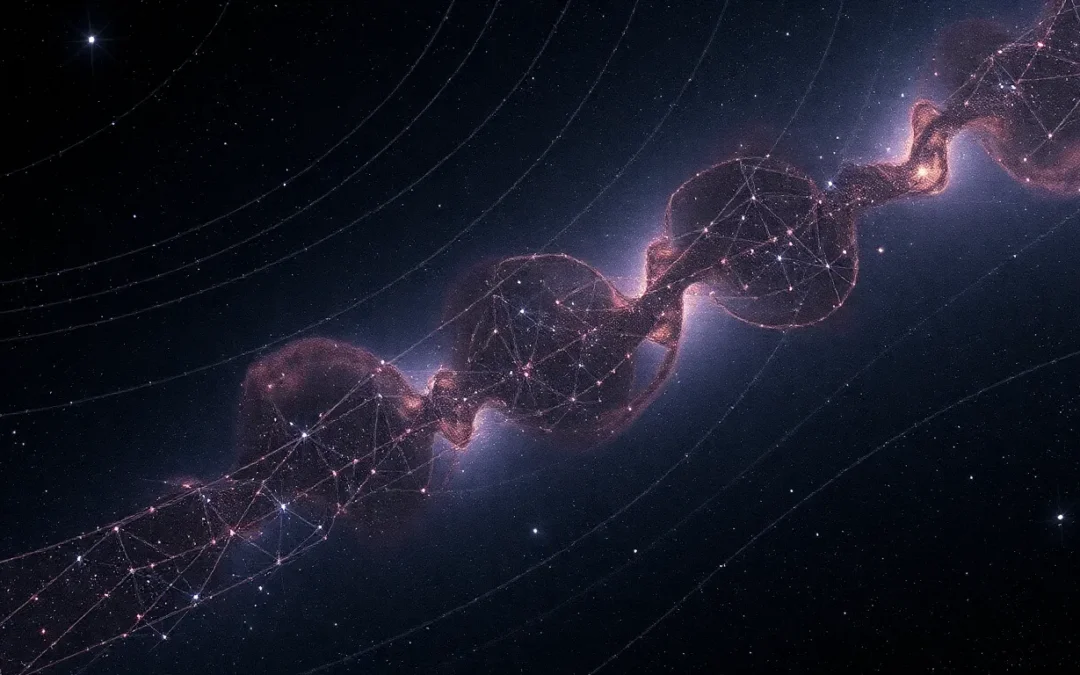The vast expanse of the cosmos is a treasure trove of celestial wonders, each with its own unique story to tell. From the fiery brilliance of stars to the enigmatic allure of black holes, these celestial objects captivate our imaginations and inspire a deep sense of awe and wonder. As we venture into the depths of space, we encounter a diverse array of celestial entities, each with its own distinctive characteristics and intriguing properties.
[ez-toc]
These celestial objects hold the key to unlocking the secrets of our universe, offering valuable insights into its formation, evolution, and fundamental laws. Their study has transformed our understanding of the cosmos, revealing a universe teeming with extraordinary phenomena and profound mysteries.
We also Published
- Coordinated Lunar Time: A New Time System for the Moon – NASA
NASA is developing a new time system for the Moon, Coordinated Lunar Time (LTC), to ensure precision for future missions. Learn about the challenges of timekeeping on the Moon, Einstein’s theory of relativity, and the global collaboration needed for this groundbreaking initiative. - Earth’s Distant Future: A Glimpse into Our Planet’s Fate – Exploring the Cosmic Timeline
Explore the captivating story of a distant planet orbiting a white dwarf, offering a glimpse into Earth’s potential future. Learn how this discovery unveils the dramatic evolution of stars and their influence on planetary systems, including our own. - A Short History of Botany: Tracing the Roots of Plant Science
Discover the evolution and milestones in A Short History of Botany. Explore how plant science has transformed over centuries.
A Cosmic Tapestry of Diverse Objects
Our universe is a vibrant tapestry of diverse celestial objects, each contributing to the intricate dance of cosmic processes. From the smallest asteroids to the largest galaxies, these objects span an incredible range of sizes, masses, and compositions.
Stars: The Luminous Pillars of the Cosmos
Stars are the building blocks of galaxies, serving as the primary sources of light and energy in the universe. They are born from vast clouds of gas and dust, undergoing nuclear fusion in their cores, which releases immense amounts of energy. The life cycle of a star is a fascinating journey, marked by stages of evolution, from its birth as a protostar to its eventual demise as a white dwarf, neutron star, or black hole.
Galaxies: Islands of Stars in the Cosmic Sea
Galaxies are vast collections of stars, gas, dust, and dark matter, held together by gravity. These celestial islands come in various shapes and sizes, from spiral galaxies like our Milky Way to elliptical galaxies and irregular galaxies. Each galaxy harbors billions or even trillions of stars, creating a breathtaking spectacle of cosmic splendor.
Black Holes: The Gravitational Giants
Black holes are regions of spacetime where gravity is so intense that nothing, not even light, can escape. They are formed when massive stars collapse at the end of their lives, creating a singularity—a point of infinite density. Black holes are surrounded by an event horizon, a boundary beyond which escape is impossible. These cosmic giants play a pivotal role in galaxy evolution and are the subject of intense scientific study.
Pulsars: Cosmic Beacons
Pulsars are rapidly rotating neutron stars, emitting beams of electromagnetic radiation that sweep across the sky like a lighthouse. These celestial beacons are incredibly dense, with a mass greater than the Sun packed into a sphere just a few miles across. The rotation of pulsars produces a periodic pulse of radiation, allowing astronomers to study their properties and use them as cosmic clocks.
Neutron Stars: Remnants of Stellar Explosions
Neutron stars are the collapsed cores of massive stars that have undergone supernova explosions. They are incredibly dense, with a mass comparable to the Sun packed into a sphere only about 10 miles in diameter. Neutron stars possess extremely strong magnetic fields and are the source of various exotic phenomena, including pulsars and magnetars.
A Universe of Mysteries
The study of celestial objects is an ongoing journey of discovery, revealing new insights into the nature of the universe. As we delve deeper into the cosmos, we continue to uncover remarkable mysteries and push the boundaries of our knowledge.
The celestial objects we observe today are remnants of events that occurred billions of years ago, providing us with a glimpse into the history of our universe and its grand evolution. The study of celestial objects is essential for understanding our place in the cosmos and the intricate processes that shape our universe.
“The universe is under no obligation to make sense to you.”
— Neil deGrasse Tyson
Understanding the Universe: A Collective Effort
The study of celestial objects is a collaborative effort involving astronomers, physicists, and other scientists from around the world. Through advanced telescopes, spacecrafts, and scientific models, they strive to unravel the mysteries of the cosmos.
Advanced Telescopes: Windows to the Cosmos
Advanced telescopes play a crucial role in our understanding of celestial objects. From ground-based telescopes like the Very Large Telescope (VLT) to space-based telescopes like the Hubble Space Telescope (HST) and the James Webb Space Telescope (JWST), these instruments allow us to peer into the depths of the universe, capturing images and collecting data that would otherwise be impossible to obtain.
Spacecrafts: Explorers of the Cosmic Frontier
Spacecrafts, such as the Voyager probes and the Cassini spacecraft, have ventured beyond Earth’s orbit to explore our solar system and the distant reaches of space. They have provided invaluable data on planets, moons, asteroids, and other celestial objects, expanding our knowledge of the universe and its wonders.
Scientific Models: Unraveling the Cosmic Tapestry
Scientific models are powerful tools that allow us to simulate and analyze the behavior of celestial objects and the universe as a whole. By combining observations with theoretical frameworks, scientists can develop models that provide insights into the formation, evolution, and properties of celestial objects.
The Future of Celestial Object Exploration
The study of celestial objects continues to evolve, driven by technological advancements and new scientific discoveries. As we explore the cosmos, we can expect to encounter even more enigmatic objects and phenomena that will challenge our current understanding and inspire future generations of scientists and explorers.
The pursuit of knowledge about celestial objects is not only a quest for understanding but also a testament to human curiosity, creativity, and our insatiable thirst for exploration. As we continue to unravel the mysteries of the universe, we deepen our appreciation for the vastness and wonder of the cosmos and our place within it.
RESOURCES
- How do scientists weigh planets and other …
- Visible Celestial Objects
- Glossary term: Celestial Body
- Celestial Bodies: Meaning, Definition …
- Celestial Bodies: Definition, Classification, and Heavenly …
- Celestial Bodies | Definition, Types & Examples – Lesson
- Distinction between celestial objects and celestial bodies?
- celestial bodies in physics: Definition, Types and Importance
- Effective detection of variable celestial objects using …
- Discover Celestial Objects on Sea and Sky
- Naming of Astronomical Objects | IAU







0 Comments